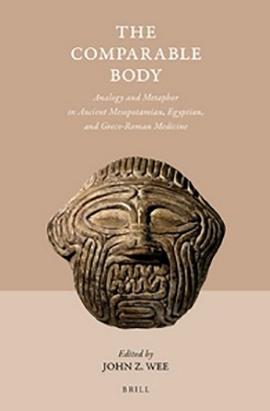A new volume edited by Assistant Professor of Assyriology, Dr. John Z. Wee, has just appeared. The Comparable Body: Analogy and Metaphor in Ancient Mesopotamian, Egyptian, and Greco-Roman Medicine uses eleven case studies to explore how analogy and metaphor illuminate and shape conceptions about the human body. Topics address the role of analogy and metaphor as features of medical culture and theory, while questioning their naturalness and inevitability, their limits, their situation between the descriptive and the prescriptive, and complexities in their portrayal as a mutually intelligible medium for communication and consensus among users.
John Z. Wee (Editor). The Comparable Body: Analogy and Metaphor in Ancient Mesopotamian, Egyptian, and Greco-Roman Medicine. Studies in Ancient Medicine 49. Leiden: Brill, 2017.
Table of Contents:
Introduction: To What May I Liken Metaphor?
John Z. Wee
1 Analogy and Metaphor in Ancient Medicine and the Ancient Egyptian Conceptualisation of Heat in the Body
Rune Nyord
2 From Head to Toe: Listing the Body in Cuneiform Texts
M. Erica Couto-Ferreira
3 The Stuff of Causation: Etiological Metaphor and Pathogenic Channeling in Babylonian Medicine
J. Cale Johnson
4 Aristotle’s Heart and the Heartless Man
Lesley Dean-Jones
5 Earthquake and Epilepsy: The Body Geologic in the Hippocratic Treatise on the Sacred Disease
John Z. Wee
6 The Lineage of “Bloodlines”: Synecdoche, Metonymy, Medicine and More
Paul T. Keyser
7 Eye Metaphors, Analogies and Similes within Mesopotamian Magico-Medical Texts
Strahil V. Panayotov
8 The Experience and Description of Pain in Aelius Aristides’ Hieroi Logoi
Janet Downie
9 Concepts of the Female Body in Mesopotamian Gynecological Texts
Ulrike Steinert
10 Pure Life: The Limits of the Vegetal Analogy in the Hippocratics and Galen
Brooke Holmes
11 Animal, Vegetable, Metaphor: Plotinus’s Liver and the Roots of Biological Identity
Courtney Ann Roby


